Best Garden Plants To Plant Together For A Thriving Garden
Title: Best Garden Plants to Plant Together for a Thriving Garden
Introduction:
Companion planting is the practice of planting certain types of plants together in order to benefit each other. By planting the right plants together, you can improve your garden's health, productivity, and pest resistance.
In this blog post, we will discuss the benefits of companion planting and some of the best plant combinations to try in your own garden. We will also provide some tips on how to choose the right plants for your specific needs.
Benefits of Companion Planting:
There are many benefits to companion planting, including:
- Increased yields: Companion plants can help to attract pollinators, which can lead to increased yields.
- Improved pest resistance: Some plants can help to repel pests, while others can attract beneficial insects that help to control pests.
- Reduced disease risk: Some plants can help to improve the health of the soil, which can reduce the risk of disease.
- Enhanced flavor: Some plants can enhance the flavor of other plants when they are grown together.
Best Plant Combinations:
Here are some of the best plant combinations to try in your garden:
- Tomatoes and basil: This is a classic companion planting combination. Basil helps to repel tomato hornworms and other pests, and it also enhances the flavor of tomatoes.
- Peas and beans: These legumes fix nitrogen in the soil, which can benefit other plants in the garden. They also provide shade for the roots of other plants, which can help to prevent them from drying out.
- Carrots and onions: These plants help to repel each other's pests, so they can be planted together to reduce pest problems.
- Lettuce and marigolds: Marigolds help to repel aphids and other pests, which can benefit lettuce plants.
- Cucumbers and nasturtiums: Nasturtiums help to attract beneficial insects that help to control pests, which can benefit cucumber plants.
Tips for Choosing the Right Plants:
When choosing plants to companion plant together, there are a few things to keep in mind:
- Consider the plants' needs: Make sure that the plants you choose have similar water, sunlight, and soil pH requirements.
- Consider the plants' growth habits: Some plants, such as tomatoes, grow tall and need support. Others, such as lettuce, grow low to the ground. Plant these types of plants together so that they don't shade each other out.
- Consider the plants' pest and disease resistance: Some plants are more susceptible to pests and diseases than others. Plant these types of plants together so that they can benefit from each other's pest and disease resistance.
Conclusion:
Companion planting is a great way to improve your garden's health, productivity, and pest resistance. By planting the right plants together, you can create a thriving garden that is both beautiful and productive.
Are you looking for inspiration for your garden? If so, you should visit Garden Wiki. This website has a wealth of information about garden plants to plant together. You can learn about the different types of plants that work well together, as well as the benefits of companion planting.
For example, did you know that planting tomatoes and basil together can help to deter pests? Or that planting marigolds near roses can help to protect them from diseases?
Garden Wiki also has a blog where you can find more gardening tips and advice. So what are you waiting for? Visit Garden Wiki today and start planning your dream garden!
FAQ of garden plants to plant together
Q: What are the benefits of companion planting?
A: Companion planting is the practice of planting certain types of plants together to benefit each other. There are many benefits to companion planting, including:
- Attracting pollinators: Many flowers attract pollinators, such as bees and butterflies. These pollinators are essential for plant reproduction, so planting flowers that attract pollinators can help to improve your crop yields.
- Reducing pests and diseases: Some plants can help to repel pests and diseases. For example, marigolds can help to repel nematodes, which are a common pest of tomatoes.
- Improving soil health: Some plants can help to improve the soil health. For example, beans and peas can fix nitrogen in the soil, which is a nutrient that is essential for plant growth.
- Competition reduction: By planting compatible plants together, you can reduce competition for resources such as water, sunlight, and nutrients. This can help to improve the overall health and productivity of your plants.
Q: What are some good companion plants for tomatoes?
A: Some good companion plants for tomatoes include:
- Basil: Basil is a classic companion plant for tomatoes. It helps to repel pests such as aphids and mosquitoes, and it also improves the flavor of tomatoes.
- Marigolds: Marigolds help to repel nematodes, which are a common pest of tomatoes. They also help to attract pollinators, which can help to improve crop yields.
- Onions: Onions help to repel root-knot nematodes, which are a common pest of tomatoes. They also help to improve the flavor of tomatoes.
- Cucumbers: Cucumbers and tomatoes can be planted together because they have similar growing requirements. Cucumbers can also help to shade the bottom of tomato plants, which can help to prevent diseases.
- Lettuce: Lettuce can be planted between tomato rows to help suppress weeds. It also helps to improve the flavor of tomatoes.
Q: What are some plants that should not be planted together?
A: Some plants should not be planted together because they can compete for resources or even harm each other. Some examples of plants that should not be planted together include:
- Beans and peas: Beans and peas fix nitrogen in the soil, which can make the soil too acidic for corn.
- Carrots and parsnips: Carrots and parsnips have shallow root systems, so they can compete for water and nutrients.
- Cabbage and cauliflower: Cabbage and cauliflower are susceptible to the same pests and diseases, so planting them together can increase the risk of infection.
- Potatoes and tomatoes: Potatoes and tomatoes are susceptible to the same pests and diseases, so planting them together can increase the risk of infection.
Q: How do I know which plants are compatible?
A: There are many resources available to help you find out which plants are compatible. You can find companion planting charts online or in gardening books. You can also ask your local nursery for advice.
Q: How do I plant companion plants together?
A: When planting companion plants together, it is important to consider their size and growth habits. Taller plants should be planted behind shorter plants, and spreading plants should be planted away from compact plants. You should also plant compatible plants in the same bed or area of your garden.
Q: What are some other benefits of companion planting?
A: In addition to the benefits mentioned above, companion planting can also:
- Improve the appearance of your garden: By planting different colors, textures, and shapes of plants together, you can create a more visually appealing garden.
- Attract wildlife: Many types of wildlife, such as birds, butterflies, and bees, are attracted to gardens with a variety of plants.
- Reduce your workload: By planting companion plants, you can reduce the amount of weeding, watering, and pest control that you need to do.
Image of garden plants to plant together
10 different images of garden plants to plant together that are free to use:
- Marigolds and tomatoes: These two plants are a classic companion planting combination. Marigolds help to deter pests from tomatoes, and they also add a splash of color to the garden.
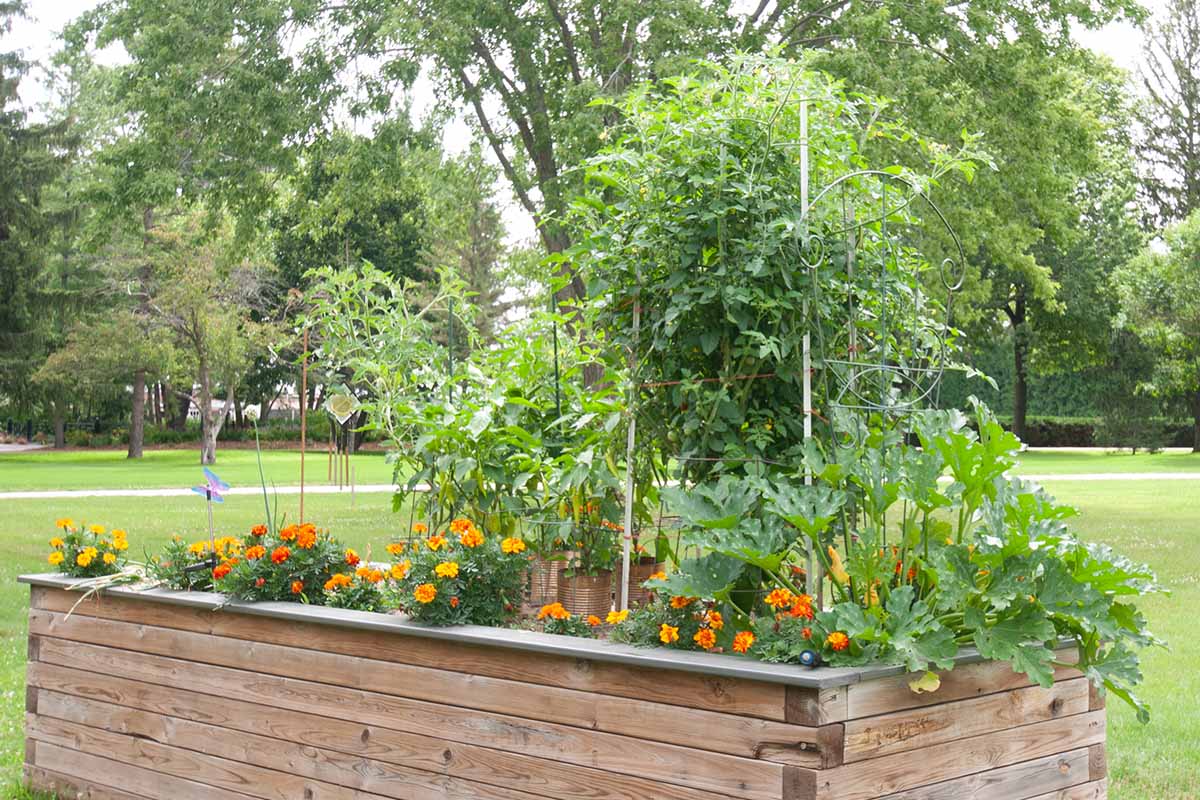
- Basil and tomatoes: Basil is another great companion plant for tomatoes. It helps to improve the flavor of tomatoes, and it also repels pests.
- Cucumbers and nasturtiums: Cucumbers and nasturtiums are both vining plants, so they can be planted together to help support each other. Nasturtiums also help to deter pests from cucumbers.
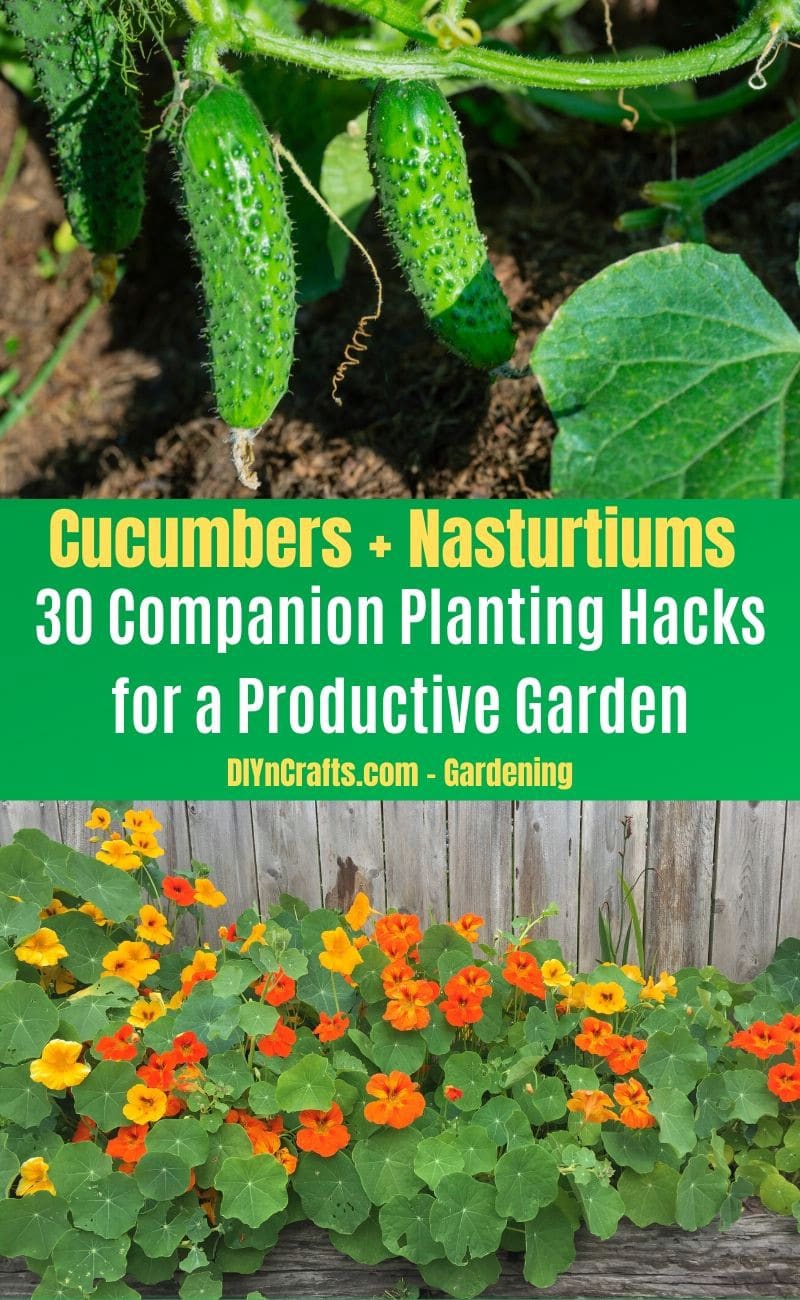
- Beans and peas: Beans and peas are legumes, which means that they can fix nitrogen in the soil. This helps to improve the fertility of the soil for other plants.
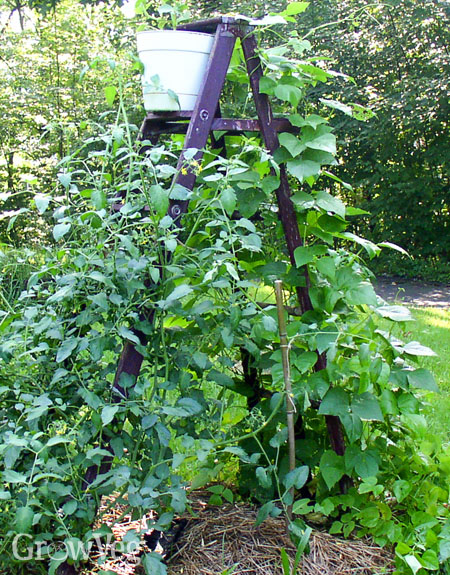
- Carrots and onions: Carrots and onions have different root systems, so they won't compete for resources. They also help to repel each other's pests.

- Lettuce and spinach: Lettuce and spinach are both cool-season crops, so they can be planted together in the spring or fall. They also have similar water and nutrient requirements.

- Herbs: Herbs can be planted together in a variety of ways. You can plant them in a single bed, or you can plant them in different pots or containers. Herbs can also be planted among vegetables to help deter pests.
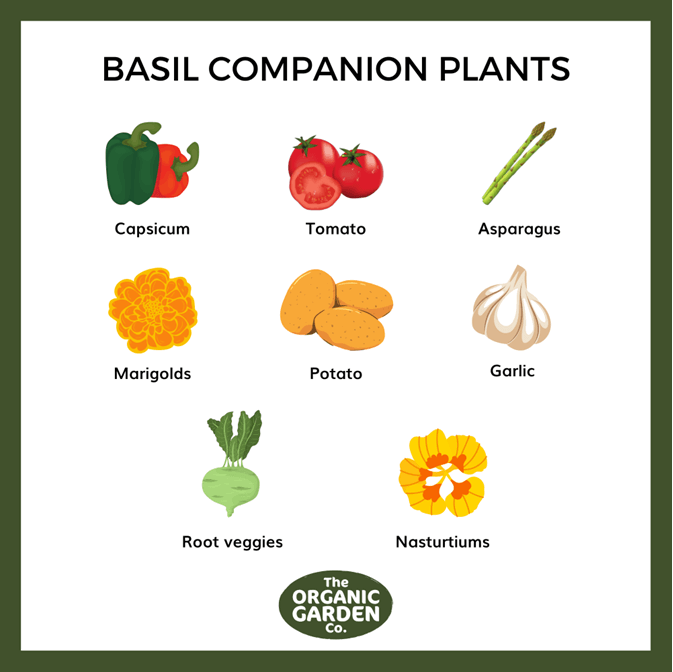
- Sunflowers and marigolds: Sunflowers and marigolds are both tall plants, so they can be planted together to create a vertical garden. They also add a splash of color to the garden.
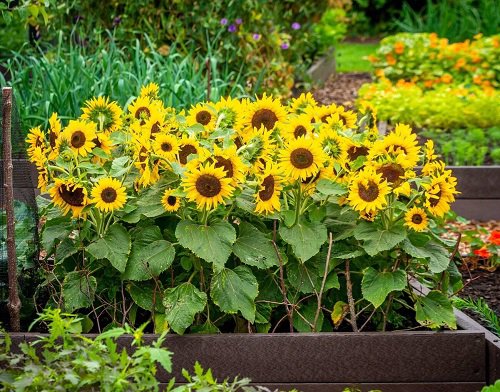
- Lavender and roses: Lavender and roses are both fragrant plants, so they can be planted together to create a beautiful and aromatic garden. They also have similar water and sunlight requirements.
- Clematis and roses: Clematis and roses are both climbers, so they can be planted together to create a stunning vertical display. They also have similar water and sunlight requirements.
Post a Comment for " Best Garden Plants To Plant Together For A Thriving Garden"